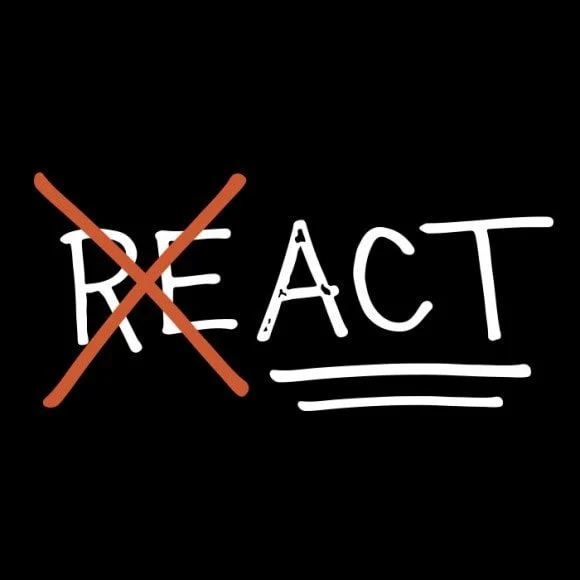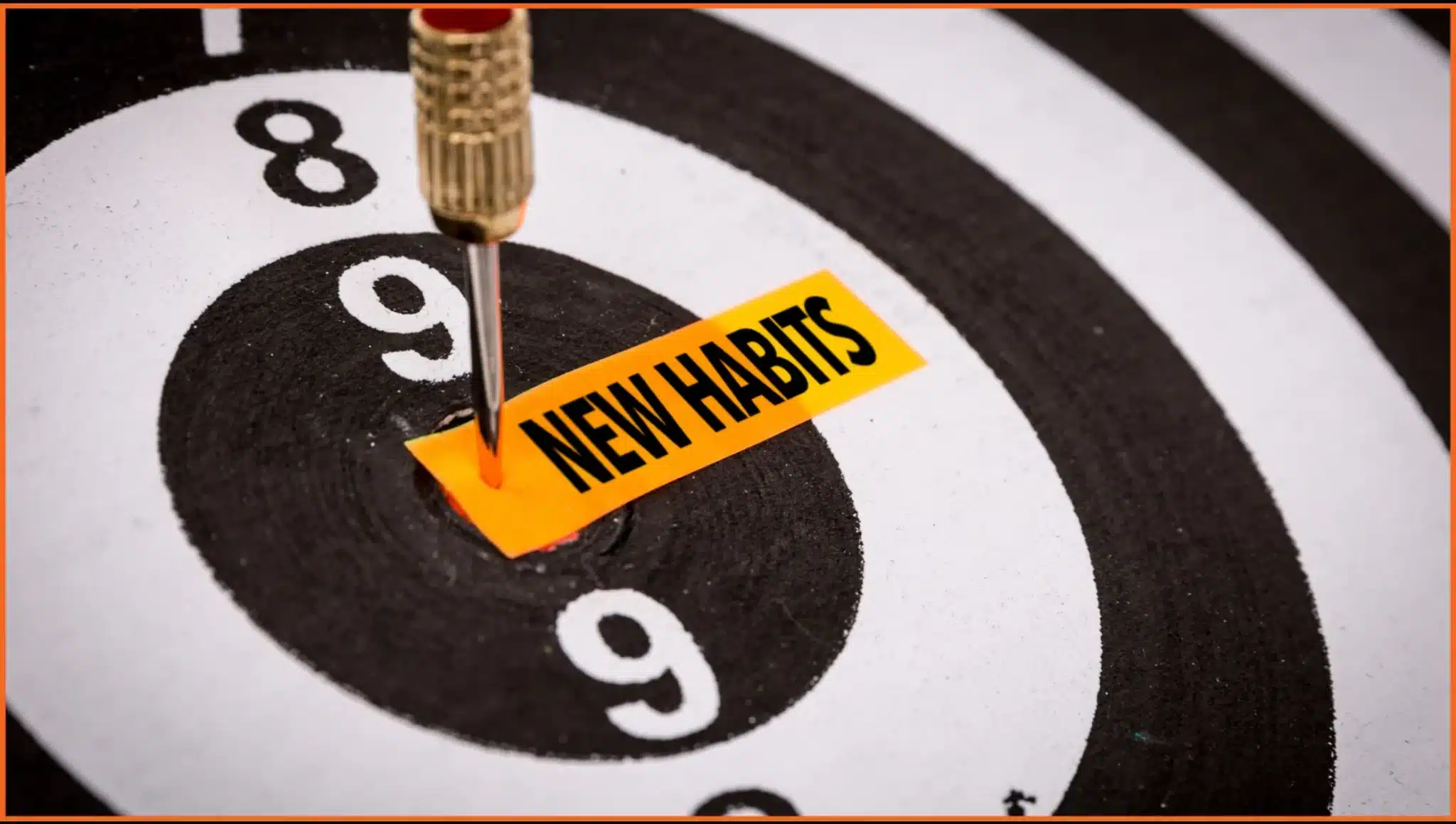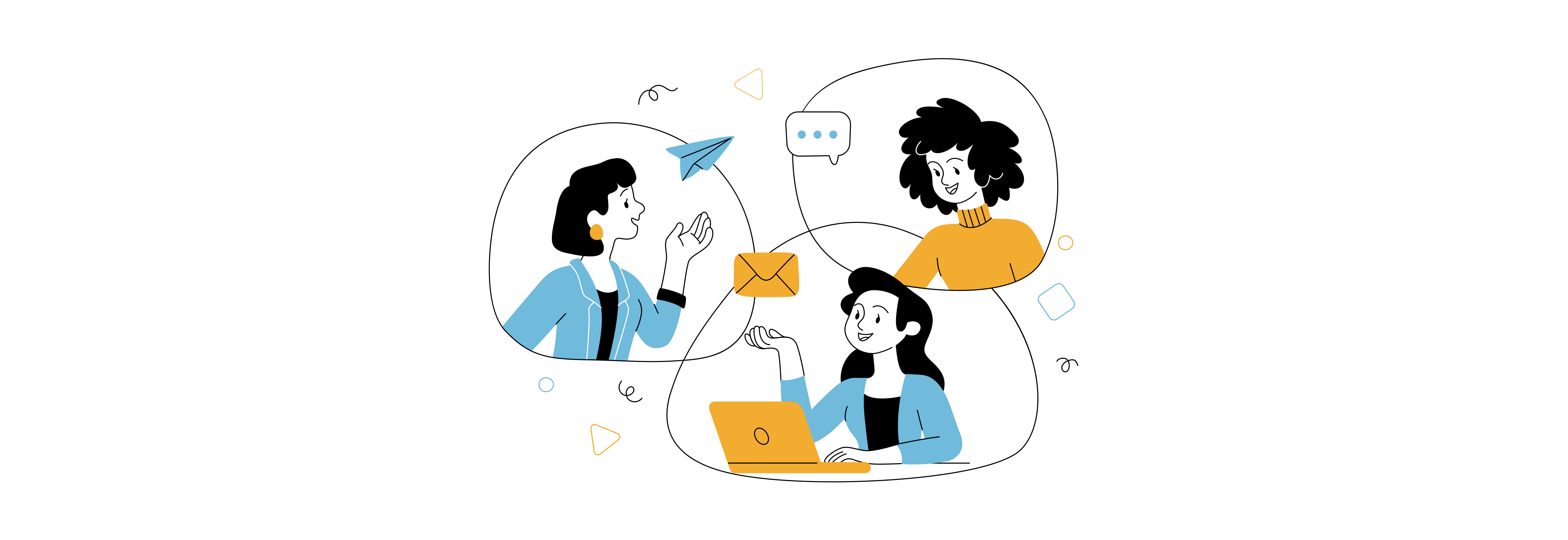There is a secret force that drives every success story. It is not luck, talent, or even resources. It is our thoughts. These internal scripts influence our choices, actions, and ultimately, our lives. In my experience, the biggest difference between someone who thrives and someone who stays stuck is not in their outer world, but in the conversations they hold with themselves every day.
The thoughts we nurture shape our beliefs. Our beliefs sculpt our attitudes. Our attitudes fuel our actions, and those actions produce the results we see. Like ingredients in a recipe, our thoughts determine whether we are cooking up success or struggle. When negative thoughts take hold, we enter a loop of helplessness. That feeling of being shackled? It often starts in the mind.
It is time to break free. Here are three powerful, yet simple steps I have learned to unshackle your life and take back control of your mindset, emotions, and direction.
Step 1: Reset Your Thoughts
Table of Contents

Have you ever had one of those days where everything seems to flow perfectly? Where you feel cheerful, energized, and light? Chances are, your body was releasing endorphins, the “feel-good” hormone. On the flip side, stress, anxiety, and overthinking flood our systems with cortisol. This is the hormone responsible for that uneasy, heavy feeling we experience even when nothing is going wrong externally.
The science is clear. Our body responds to our thoughts. Negative thinking triggers a chemical response that drains our energy. Positive thinking sparks a shift in physiology that uplifts us.
Here is what I do to reset my inner state:
- Smile, even when I do not feel like it. The body signals the brain, and the mood often follows.
- Listen to music that stirs positive emotions.
- Move. Dance. Walk. Any physical action helps release feel-good chemicals.
- Use this simple mantra: Happy Mind = Happy Life
This is not about toxic positivity. It is about understanding that your thoughts have physical consequences. If you catch yourself spiraling into doubt or fear, gently interrupt the pattern and do something that nudges your mood upward. One small positive action can create a ripple of good energy.
Step 2: Act, Do Not React

A calm mind responds. A restless mind reacts. The world will continue to throw challenges at us, such as deadlines, difficult colleagues, market shifts, and personal dilemmas. How we meet those challenges determines the quality of our leadership and our life.
I have noticed that when I react, I often regret. But when I pause, breathe, and act with intention, I make better decisions.
I use a simple three-step process to train my response muscle:
- Pause and ask: “What is important right now?” This helps me step away from emotional triggers.
- Change my state: A quick walk, laughter, or even five deep breaths can help reset my nervous system.
- Make the choice: Do I want to lead from fear or from purpose?
This discipline of choosing action over reaction is what creates strong leaders. In corporate settings, this shows up in how we handle conflict, make strategic decisions, or support team members under pressure.
If you are an HR or L&D professional, this principle is powerful in designing interventions that teach employees how to self-regulate and respond thoughtfully.
One such example is FocusU’s Mindfulness at Work program. It equips teams to respond rather than react, cultivating emotional intelligence and inner stability.
Step 3: Just Do It

Fear is not always bad. It kept our ancestors safe from predators. Today, it keeps us from reckless risks. But it can also become a barrier to growth if we let it stop us from doing meaningful things.
Public speaking, starting a new project, switching careers, asking for feedback, these are all actions that stir up fear. But as Ralph Waldo Emerson said, “Do the thing you fear, and the death of fear is certain.”
Whenever I step into discomfort, something amazing happens. My confidence expands. My sense of possibility grows. The fear loses its grip.
In our experiential workshops, we have seen this time and again. When participants face their fears in a safe environment and just do the thing they were resisting, they often surprise themselves with how capable they are. They carry that courage back into their professional and personal lives.
To put this into action:
- Identify one fear that is holding you back today.
- Break it down into the smallest possible step.
- Commit to taking that step within the next 24 hours.
Fear thrives in delay. Action dismantles it.
The Workplace Takeaway: The Mind Is the First Battlefield
Whether you are a manager, a learning leader, or an individual contributor, the battles you fight internally shape the results you produce externally. Your ability to reset your mindset, choose your responses, and act in the face of discomfort determines how far you go.
As corporate professionals, we often face invisible shackles, such as expectations, pressure, imposter syndrome, and burnout. But freedom does not always come from changing your job or your environment. It often comes from changing how you think.
Build systems within your teams that support mindset shifts. Offer reflection spaces, resilience-building programs, and permission to take small risks. When individuals unshackle their own minds, they contribute more powerfully to the organization.
So the next time you feel stuck, overwhelmed, or afraid, remember these three steps:
- Reset your thoughts
- Act with intention
- Just do it
You may find that the key to freedom was never outside of you. It was in your mind all along.
What does unshackling your life look like for you? I would love to hear your story.










